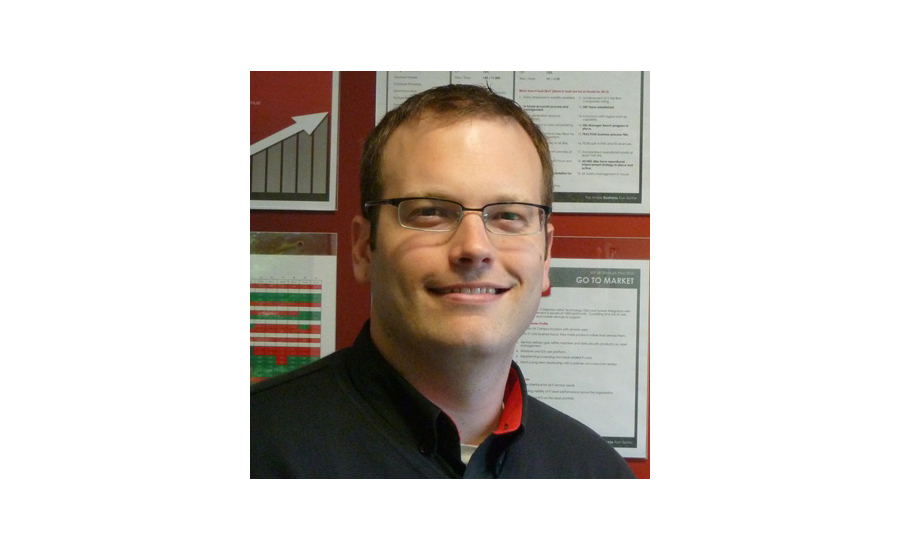Maintenance teams are under more pressure than ever before. Faster new product push-to-market, skeletal staffing, older equipment, lean manufacturing, continuous improvement and external mandates like GFSI and FSSC 22000 translate into an environment where the bottom line is this—equipment must be more reliable than ever, operating at ever more challenging levels of efficiency and accuracy at the lowest minimal cost.
However, these challenges can be met with a new way of looking at maintenance that represents advances on the old methods of run-to-failure and preventive maintenance (PM). It is called predictive maintenance (PdM), and today’s consumer packaged goods (CPG) manufacturers are considering it as a way to significantly cut costs and realize efficiencies like never before.
PdM is an approach to machine reliability that is an extension of conventional PM, but is condition-based, meaning it relies on sensors and software to identify, measure and earmark factory equipment requiring maintenance before a failure ever occurs. Then, PdM schedules equipment repairs according to an analysis of a machine’s health, instead of a time-based schedule like PM.
Once implemented, PdM can cut costs in four ways:
1. Minimizing/eliminating downtime. PdM helps minimize and even eliminate downtime by identifying potential problems before they occur. This is especially important where downtime is unacceptable, risks to product quality are imminent and replacement costs for machinery are prohibitively high.
2. Making production more efficient. With lean manufacturing techniques becoming the norm in food manufacturing, PdM supports those initiatives by facilitating overall equipment effectiveness (OEE) and total effective equipment performance (TEEP). PdM can also result in both production increases and long-term savings. In fact, up to 30% of all time-based preventive maintenance tasks can be eliminated through the use of PdM.
3. Preventing failure. Recalls are expensive—and no amount of production efficiency is worth it if a product isn’t safe for consumption. PdM can eliminate the high costs of failure by alerting maintenance teams to potential weaknesses way ahead of when machinery reaches the break-down point.
4. Minimizing intrusive maintenance. Accelerated failure of a part or of adjacent parts can happen when using solely PM. The disassembling and/or reassembling of machinery that is necessary to do preventive maintenance can weaken systems and increase the potential for future breakdown. PdM tools can reveal the health of a system or component without intrusive, time-consuming disassembling/reassembling complications, and therefore, without compromising the lifespan of systems and machinery.
So, how can you adopt a PdM maintenance approach and realize these types of advantages? Here are three steps to get you started:
Evaluate your existing maintenance program. Is its performance up to snuff, and if not, what is lacking? Be sure to take an in-depth look at metrics like downtime, mean time between failures, parts spend, technician cost and response time. Then, you can gauge what a switch to a different type of maintenance program might be worth.
Rate your equipment in terms of criticality. Go down the production line, and ask yourself of each machine—how much would it slow down/shut down operations if it failed? If you have machines that will negatively impact safety and/or the environment, production or that experience frequent failures, that’s a critical machine. And, machines at the top of the “critical list” should be the primary focus when implementing a new PdM program.
Examine your spare parts approach. What are your critical spare parts? A good analysis will complement the data PdM gives you in terms of identifying which parts are likely to or are in danger of failing. The goal is to maximize efficiency; if a part is readily available from vendors and not essential to the function of equipment, it’s not necessary to keep it in inventory. But, a part that takes a significant amount of time to receive should be kept on-site at all times.
There are a variety of PdM technologies available—vibration analysis, infrared thermography, ultrasonic inspection and oil analysis, to name a few. It all depends on the operation as to which approach works best. A trusted PdM partner can help you do the proper assessment and take the right steps toward implementation to make sure you get the most of the cost savings available through PdM. Whichever type of program you end up with, you’ll be one step closer to meeting the challenges faced by today’s CPG maintenance teams.



